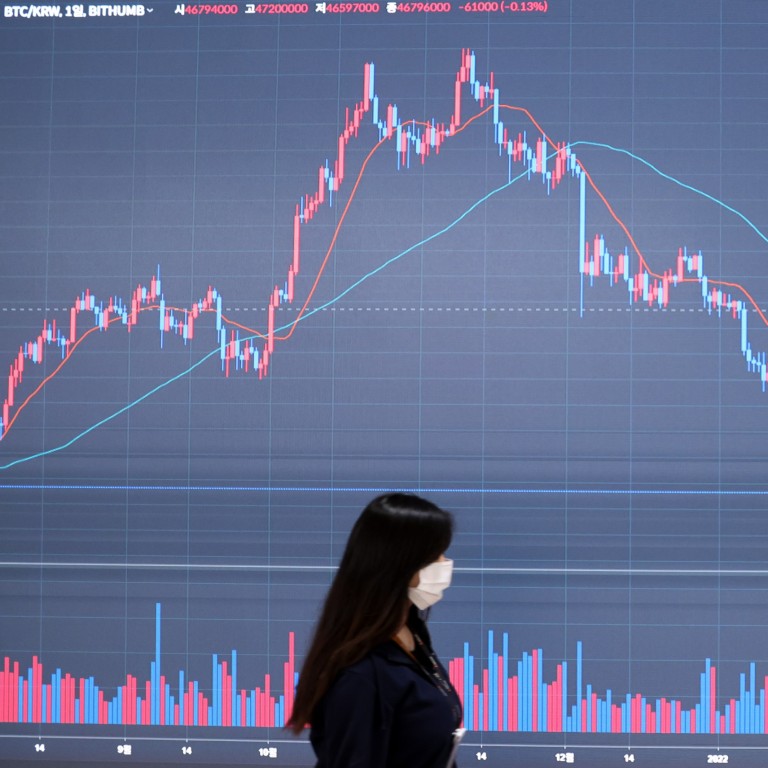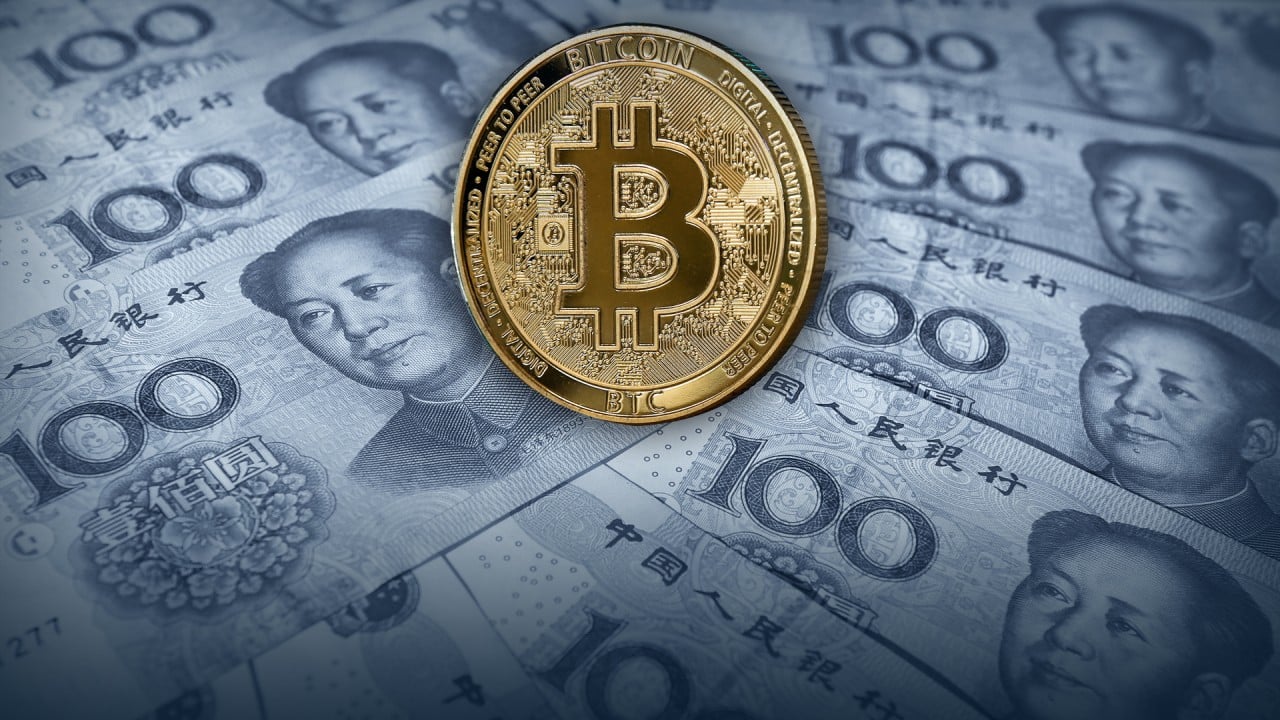
Luna collapse used by Chinese state media to justify cryptocurrency ban following ‘bloodbath’ for investors
- Economic Daily said Luna’s plummeting value to less than 1 US cent ‘proves the timely and effective action of our country’s regulators’
- Luna has been a hot topic on Chinese social media after its stablecoin sibling TerraUSD lost its peg to the US dollar last week and entered a death spiral
“The bloodbath of cryptocurrencies in the latest incident proves the timely and effective action of our country’s regulators,” trumpeted China’s state-run Economic Daily in a Sunday editorial.
Crypto sell-off trending online in China despite trading ban
With the collapse of Luna and UST, other cryptocurrency prices have also dived, giving Beijing a fresh reason to warn the public of the dangers of such assets since issuing a ban on trading them last year over concerns of financial stability.
“Once called ‘digital gold’ and ‘risk-averse assets’ by crypto professionals, [cryptocurrencies] are giving evidence through their own actions of being high risk and a ‘big bubble’,” read the Economic Daily editorial, which was widely republished by other state media.
The past week also shows that cryptocurrency prices can be easily manipulated, the article added, without anything of real value to support them.
“The fact that it could make it on the trending list partially shows that many [Chinese] people have been observing the development of crypto assets,” said Yang Wenna, a China-based analyst for International Finance Corporation, adding that her views do not represent those of her employer.
As an investor in crypto assets such as bitcoin and ether, Yang said the downturn has not swayed her confidence of such assets in the long term. “We are between bull and bear markets. It’s normal for markets to fluctuate,” she said.
Yang said she is optimistic about the future of crypto and of China’s new digital yuan (e-CNY), which is not based on blockchain.
China’s bet on domestic crypto is splintering the metaverse
“The direction of the [global] economy is towards a direct coexistence with crypto assets,” she said. “The asset holders believe in [crypto’s] transformative nature.”
By the end of 2021, the total transaction value of the e-CNY reached 87.5 billion yuan (US$12.9 billion), according to the central bank.


